
Tongli Limestone Rotary Kiln is a kind of equipment used for high temperature calcination of limestone to produce quicklime. The rotary kiln plays a key role in lime production. It heats the limestone evenly at high temperature by rotating it, thus converting it into quicklime (calcium oxide). The diameter of the rotary kiln ranges from 2.5 meters to 5 meters, depending on the production capacity and design requirements. The production capacity of the rotary kiln ranges from 50 t/h to 500 t/h. The calcination temperature of the limestone rotary kiln is usually between 900°C and 1500°C, depending on the properties of the limestone and the product requirements. The limestone rotary kiln is an efficient and stable equipment widely used in lime production. Its high temperature calcination capacity, uniform heating effect and good energy efficiency make it the main choice for limestone calcination.

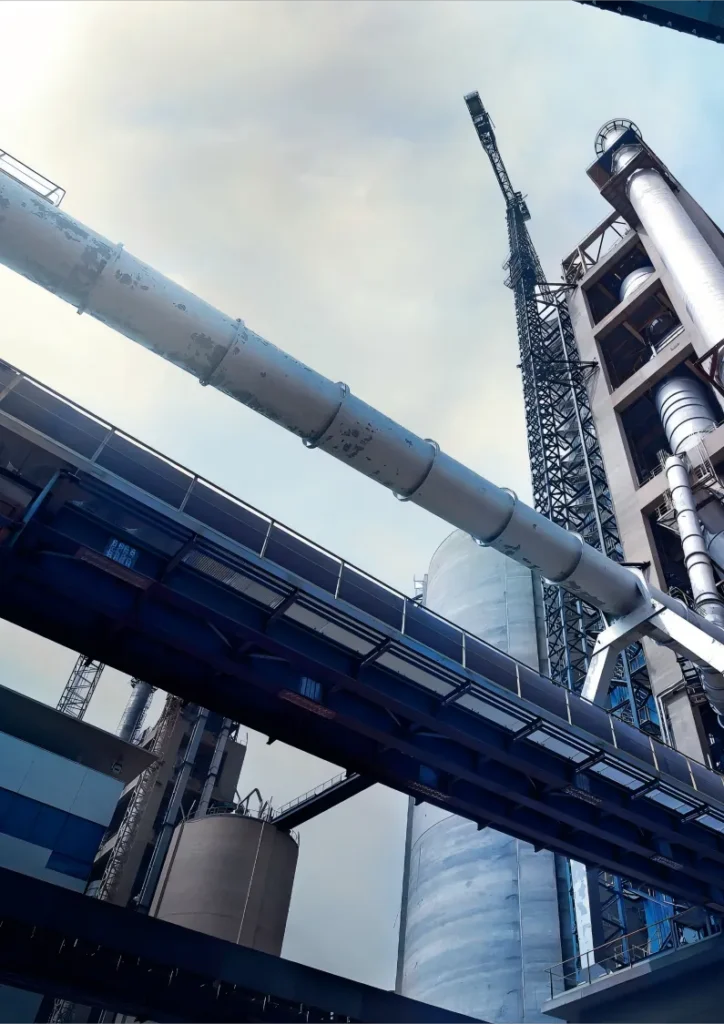
Efficient Limestone Calcination Solution
A MACHINE YOU CAN DEPEND ON!
The limestone rotary kiln produced by Tongli Company adopts the optimized configuration of high manganese liner and uses the special lubricating oil for bearings matching the wet ball mill. It has a wide range of processed materials, higher production capacity than dry grinding, and lower unit power consumption.
The production capacity of limestone rotary kiln can range from tens of tons per hour to hundreds of tons per hour, adapting to production needs of different scales.
The rotary kiln can use a variety of fuels, such as coal, natural gas, heavy oil, etc. The choice of fuel can be adjusted according to energy costs and environmental requirements.
Tongli limestone rotary kiln is equipped with a heat recovery device to use the heat of the exhaust gas for preheating feed or other processes to improve overall energy efficiency
| xxxxxxx | Capacity (t/h) | Motor Model: | Gearbox Model | Input Moisture (%) | Fuel Coal Calorific Value (kcal) | Output Moisture (%) |
| φ1.2x10 | 2.5-3 | M160M-6 → 7.5 | ZQ350Ⅱ-25 | 25±5 | ≥5500 | ≤13 |
| φ1.5x14 | 7-9 | Y180L-6 → 15 | ZQ400Ⅱ-31.5 | 25±5 | ≥5500 | ≤13 |
| φ1.5x18 | 9.5-12 | Y180L-6 → 15 | ZQ400Ⅱ-31.5 | 27±5 | ≥5500 | ≤13 |
| φ1.8x14 | 12-15 | Y200L-6 → 18.5 | ZQ400Ⅱ-31.5 | 25±5 | ≥5500 | ≤13 |
| φ1.8x18 | 14-18 | Y200L1-6 → 18.5 | ZQ400Ⅱ-31.5 | 27±5 | ≥5500 | ≤13 |
| φ2.0x18 | 18-22 | Y200L2-6 → 22 | ZQ50Ⅱ-31.5 | 25±5 | ≥5500 | ≤13 |
| φ2.0x20 | 18-23 | Y200L2-6 → 22 | ZQ50Ⅱ-31.5 | 30±5 | ≥5500 | ≤13 |
| φ2.2x18 | 21-25 | Y200L2-6 → 22 | ZQ65Ⅱ-31.5 | 27±5 | ≥5500 | ≤13 |
| φ2.2x20 | 22-25 | Y225M-6 → 30 | ZQ65Ⅱ-31.5 | 30±5 | ≥5500 | ≤13 |
| φ2.4x20 | 25-29 | Y225M-6 → 30 | ZQ75Ⅱ-31.5 | 27±5 | ≥5500 | ≤13 |
| φ2.4x22 | 26-30 | Y225M-6 → 30 | ZQ75Ⅱ-31.5 | 30±5 | ≥5500 | ≤13 |
| φ2.6x20 | 28-33 | Y250M-6 → 37 | ZQ85Ⅱ-31.5 | 25±5 | ≥5500 | ≤13 |
| φ2.6x24 | 29-35 | Y250M-6 → 37 | ZQ85Ⅱ-31.5 | 30±5 | ≥5500 | ≤13 |
| φ3.0x20 | 45-50 | Y280S-6 → 45 | ZQ100Ⅱ-31.5 | 25±5 | ≥5500 | ≤13 |
QUALITY NEVER GOES OUT OF STYLE
The working principle of a limestone rotary kiln is based on the principle of high-temperature calcination. The limestone is heated to a sufficient temperature in a rotating kiln body to cause a decomposition reaction to produce quicklime (calcium oxide) and carbon dioxide gas. The limestone raw material enters the rotary kiln from the kiln tail through a feeding device (such as a belt conveyor).
The rotary kiln is usually installed in a slightly inclined state, and the limestone moves slowly along the kiln body to the kiln head under the action of gravity. The kiln head of the rotary kiln is equipped with a burner, which can use coal, natural gas, heavy oil, etc. as fuel. The fuel burns in the burner to produce a high-temperature flame and hot air flow. The heat generated by the flame is transferred to the limestone material in the kiln through radiation. The hot air flow generated by the combustion flows along the kiln body to the kiln tail, directly contacts the limestone, and further heats the limestone by convection heat transfer.
The main component of limestone is calcium carbonate (CaCO₃). When limestone is heated to between 900°C and 1100°C, calcium carbonate begins to decompose, producing calcium oxide (CaO, quicklime) and carbon dioxide gas (CO₂). The rotation and tilt angle of the kiln body keep the limestone moving forward. The rotational motion ensures that the limestone is evenly heated and reacted, so that the material is fully calcined in the kiln. The calcined quicklime is discharged out of the kiln through the discharge device at the kiln head. The calcined quicklime usually needs to be cooled by a cooling device (such as a grate cooler) to reduce the temperature before storage or further processing.
Ensuring the purity and uniformity of the limestone helps to improve the efficiency of the calcination reaction. Crushing the limestone to a suitable particle size, usually 10-40 mm, to avoid particles that are too large or too small affecting the calcination efficiency. Before entering the rotary kiln, use a preheater to preheat the limestone to recover the waste heat of the exhaust gas, increase the material temperature, and reduce the heat demand in the kiln.
Through the automatic control system, the fuel supply, air ratio and other parameters are adjusted in real time to ensure sufficient and stable combustion and improve the thermal efficiency of the kiln. Install insulation materials on the outside of the kiln to reduce heat loss and improve the utilization rate of thermal energy. Strengthen the sealing of the kiln head and kiln tail, reduce the entry of cold air and the leakage of hot air, and keep the heat in the kiln stable. Use precise feeding devices to ensure that the limestone enters the rotary kiln evenly and stably to avoid uneven feeding and poor calcination effect. Regularly check and maintain the key components of the rotary kiln, such as the kiln body, refractory materials, burners, coolers, etc., to ensure the normal operation of the equipment. Replace worn kiln bricks, transmission devices and other key components in time to avoid production stoppage due to equipment failure.
Regularly check whether the rotation of the kiln body is stable and whether the tilt angle is correct. Replace and add lubricating oil according to the requirements of the equipment manual to prevent component wear. Check whether the sealing devices at the kiln head and kiln tail are intact to ensure that the sealing ring and sealing plate are free of wear and leakage.
Regularly check the meshing of the large gear and the small gear, adjust the gear clearance, and prevent gear wear. Clean the dust and debris in the cooler and fan to maintain good ventilation. Perform a comprehensive inspection and calibration of the kiln body to ensure that the kiln body is in good horizontal and centering condition. Perform a comprehensive inspection and cleaning of the burner system to ensure that the burner's injection port, fuel pipeline and control valve are operating normally. Regularly check the sensitivity and effectiveness of the emergency shutdown system and various alarm devices to ensure that the equipment can be shut down and protected in time when abnormal conditions occur.
Regularly train operators in equipment operation, maintenance, and safe production to improve operating skills and equipment management level. Establish a detailed maintenance record file, including equipment operating status, inspection and maintenance content, replaced parts and materials, etc., to provide a reference for subsequent maintenance.
Lime production: mainly used to produce active lime (calcium oxide), which is an essential desulfurizer, dephosphorizer and slag regulator in steelmaking and ironmaking.
Magnesium smelting: used to calcine dolomite or lightly burn dolomite to produce magnesium metal.
Cement production: Rotary kiln is used for calcining cement clinker and is one of the core equipment in cement production line. Portland cement clinker is generated by calcining limestone and other raw materials at high temperature.
Production of active lime: widely used in building materials, concrete additives, limestone powder processing, etc.
Waste treatment: Rotary kiln can be used for the treatment of solid waste such as urban garbage, industrial waste, sludge, etc., and achieve harmless treatment and resource utilization through high-temperature calcination.
Soil remediation: By calcining contaminated soil, pollutants are decomposed or solidified, thereby achieving the purpose of soil remediation.
Ore roasting: Rotary kiln is used for roasting and pretreatment of ores such as bauxite, molybdenum ore, manganese ore, chromium ore, etc., to improve the grade and extraction efficiency of ore.
Alumina production: Alumina is produced by calcining bauxite, which is an important raw material for aluminum smelting.
Uneven heating or high temperature causes uneven force on the kiln body and causes deformation. Material accumulation or uneven distribution increases the local load of the kiln body. Solution: Strengthen the cooling measures of the kiln body to ensure uniform kiln temperature. Adjust the kiln speed and feeding uniformity to avoid material accumulation in the kiln. Regularly check the wear of the kiln body and the support wheel, and adjust and replace them in time.
The calcination temperature is too high or the raw material composition fluctuates greatly, resulting in local material melting and bonding in the kiln to form rings. Incomplete fuel combustion or improper burner position leads to uneven heat distribution in the kiln. Solution: Adjust the injection angle and fuel ratio of the burner to improve combustion efficiency. Control the temperature in the kiln within a reasonable range to prevent excessive calcination temperature. Clean the rings in the kiln regularly and remove them by mechanical or chemical methods when necessary.
High temperature, chemical erosion or mechanical impact causes refractory bricks to wear faster or fall off. Vibration or poor centering of the kiln increases the stress of the refractory bricks. Solution: Use refractory bricks with good high temperature resistance and erosion resistance, and check and replace them regularly. Ensure that the kiln runs smoothly and correct the centering state of the kiln regularly. Reduce the frequent start and stop of the kiln to reduce the impact on the refractory bricks.
In high temperature environment, the equipment may overheat, the viscosity of the lubricating oil decreases, and poor lubrication occurs. Electrical components and control systems are also easily affected by heat. Countermeasures: Strengthen the ventilation and cooling measures of the equipment, such as adding cooling fans. Use high temperature resistant lubricating oil and electrical components. Regularly check and maintain the cooling system to ensure normal operation. High humidity can cause the material in the kiln to agglomerate, affecting the calcination efficiency.
Metal parts are prone to corrosion, and the electrical system may short-circuit due to moisture. Countermeasures: The metal parts of the equipment should be regularly treated for rust prevention. Ensure that the sealing devices at the kiln head and kiln tail are intact to prevent moisture from entering. Control the moisture content of the feed materials and pre-dry them when necessary.
Rain and snow may cause the raw materials to get damp, affecting the calcination effect and product quality. Precipitation may also affect the foundation stability of the equipment. Countermeasures: Ensure that the waterproof measures at the raw material storage area are good to prevent the materials from getting damp. Strengthen the drainage system of the equipment foundation to prevent water accumulation from eroding the foundation. Take necessary protection in rainy and snowy weather, such as adding shielding facilities. The impact of climate and environment on limestone rotary kiln is multifaceted, including direct physical impact on equipment and indirect interference with calcination process. Through targeted prevention and adjustment measures, such as improving equipment design, strengthening maintenance management, optimizing operating parameters, etc., the impact of climate and environment on rotary kiln can be effectively reduced to ensure stable operation and production efficiency of equipment.
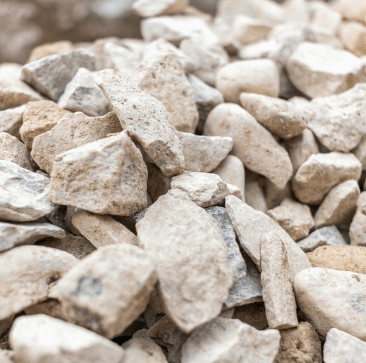
Limestone is the primary raw material in rotary kilns, commonly used for producing lime and cement due to its high calcium content and ability to undergo thermal decomposition.

Dolomite is a mineral that contains both calcium and magnesium carbonates, commonly used in rotary kilns for producing both lime and magnesium-based products.
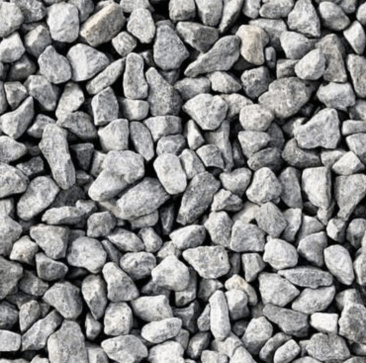
Clay is frequently used in rotary kilns for cement production. It provides alumina and silica, which are essential for clinker formation in the cement manufacturing process.
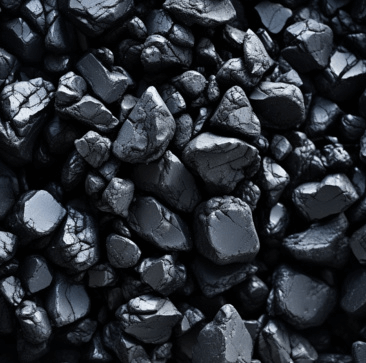
Slag, a byproduct from the steelmaking industry, is used in rotary kilns to produce cement or aggregate. It helps improve the durability and performance of the final products.
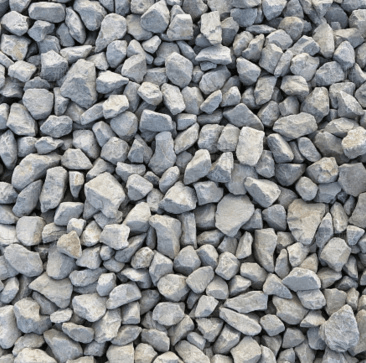
Gypsum is often added in rotary kilns during cement production to control the setting time of cement. It helps in improving the final properties of cement.

Bauxite, rich in alumina, is used in rotary kilns for the production of alumina. It is a key raw material for aluminum production and other industrial applications.
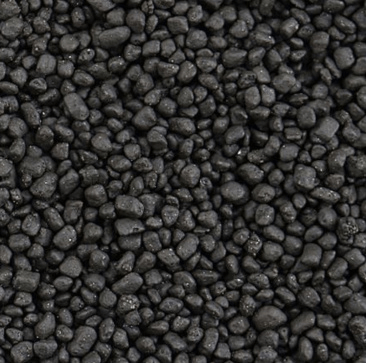
Coke, a carbon-rich material, is used as fuel in rotary kilns. It provides the necessary heat for processes like calcination and is especially important in cement and lime production.
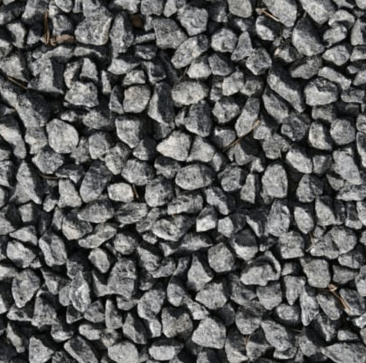
Iron ore is sometimes processed in rotary kilns to extract iron in the form of sponge iron, used in steel production and as a reducing agent in various chemical processes.
You can get in touch with us through the following contact information
AddressNo. 2289 Huancheng South Road, Tongxiang, Jiaxing, Zhejiang Province, China. Zip code:314500
Please fill in the sales inquiry form and our sales representatives will be in touch shortly.